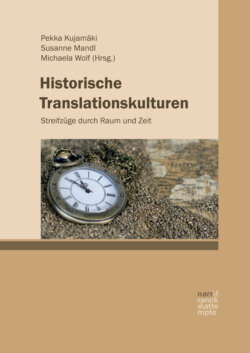Читать книгу Historische Translationskulturen - Группа авторов - Страница 29
2 Historical Overview: Celtic Revival 2.1 Celtic languages policies in the early and mid-nineteenth century
ОглавлениеIn the early 1800s, Insular Celtic languages were spoken in large parts of the British Isles and north-western France. The United Kingdom of Great Britain and Ireland (1801–1922) was governed from a common seat of government in Westminster. The early nineteenth century was “a period of economic upheaval, in which Britain shifted from being a predominantly agricultural and commercial society to being the world’s first industrial nation” (Hilton 1985: 249). While English was the language spoken throughout the majority of England, and French in France, the languages of Irish Gaelic, Scottish Gaelic and Manx (the Goidelic languages), and Welsh, Cornish and Breton (the Brythonic languages) were still present. However, these languages had started to experience decline to varying degrees, with Cornish having not been used as a means of communication since before 1800. The decline in these languages was strongly influenced by the mid-nineteenth century “onset of literacy in English” (Kearney 2014: 17), and it continued throughout the remainder of the century, as described by Henry Jenner:
Most Cornishmen habitually speak English, and few, very few, could hold five minutes’ conversation in the old Celtic speech. Yet the memory of it lingers on, and no one can talk about the country itself, and mention the places in it, without using a wealth of true Cornish words. But a similar thing may be said of a very large proportion of Welshmen, Highlanders, Irishmen, Manxmen, and Bretons. (Jenner 1904/2016)
The following sections provide more detail on this decline of the Insular Celtic languages in the period before the Celtic Revival.
